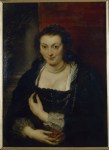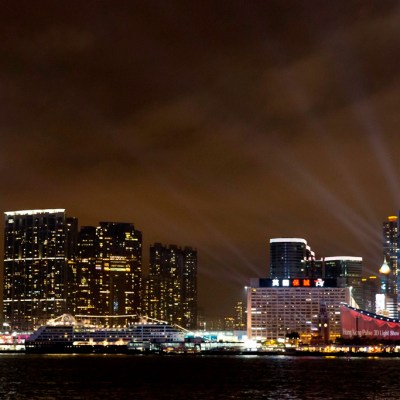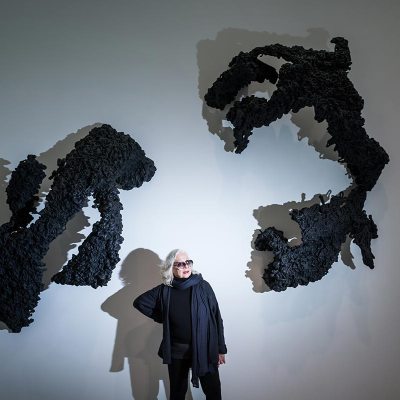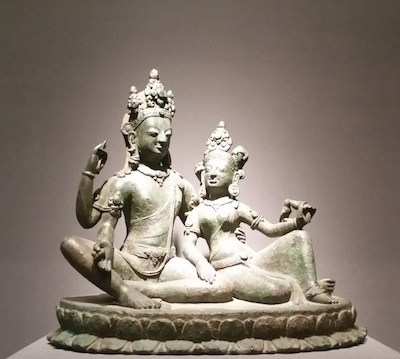Peter Paul Rubens is said to have disliked painting portraits, but he seems to have made an exception for his family. A new exhibition at the Rubenshuis (Rubens House) in Antwerp brings together intimate paintings of his nearest and dearest. The director, Ben van Beneden, tells us more about ‘Rubens in Private’.
Can you tell us a bit about the exhibition?
Clara Serena Rubens (1618), Peter Paul Rubens. Liechtenstein, The Princely Collections, Vaduz-Vienna

This is the first exhibition dedicated to the private work of the most public painter of the 17th century. It will take a fresh look at Rubens’s family portraits, re-examining their functions and meanings, and reconsidering the works in the context of Rubens’s life, and his social and artistic concerns. The exhibition will examine his portrait vocabulary and the extent to which these portraits contributed to the image-building of the artist. It will also consider how these paintings were made and the manner in which they were painted.
What makes this a distinctive show?
Rubens is renowned for his religious and mythological paintings, his scenes from classical history and his allegories, most of which were painted on commission for important, often royal, patrons. The portraits of the members of his family form quite a separate category. Just like his wonderful landscapes – which were the subject of a splendid exhibition at the National Gallery in 1996 – these portraits seem not to have been painted on commission but for the artist’s own pleasure.
How did you come to curate this exhibition?
The Rubenshuis tries to focus on lesser known aspects of Rubens’ work. What better subject to show at Rubens’ family home than his family portraits? Our next exhibition will focus on his designs for small-scale ivories, bronzes and silverwork.
What is likely to be the highlight of the exhibition?
There will be many highlights, including the reunion of all individual portraits of Rubens’ first wife Isabella Brant.
And what’s been the most exciting personal discovery for you?
The rediscovery of a bust portrait of his oldest daughter Clara Serena.
What’s the greatest challenge you’ve faced in preparing this exhibition?
Getting the loans!
How are you using the gallery space? What challenges will the hang/installation pose?
Rubens’ former house – now the Rubenshuis – was a private 17th-century residence and although it certainly has ‘magnificence’, it also has limited exhibition space. The greatest challenge was to fit it all in.
Which other works would you have liked to have included?
Rubens was an immaculate craftsman in his religious and mythological works. Conversely, for some of his portraits of his family and friends, he constructed the panels out of several pieces of wood – apparently off-cuts and awkwardly joined together – so these panels are especially fragile. Given the complex physical structure and vulnerability of some of those paintings, as well as their size, we have decided not to ask for the loan of such pre-eminent works as Albert and Nicholas Rubens, the painter’s sons (Collections of the Prince of Liechtenstein, Vaduz-Vienna), Helena Fourment and Frans Rubens (‘Helena Fourment aux carrosse’) (Paris, Musée du Louvre) and Helena Fourment in a Fur Coat (‘Het Pelsken’) (Vienna, Kunsthistorisches Museum). These works rank among the finest portraits of the 17th century.
‘Rubens in Private’ is at the Rubenshuis, Antwerp, from 28 March–28 June.
Related Links
First Look: ‘Rubens and his Legacy’ at BOZAR, Brussels (Nico Van Hout)





